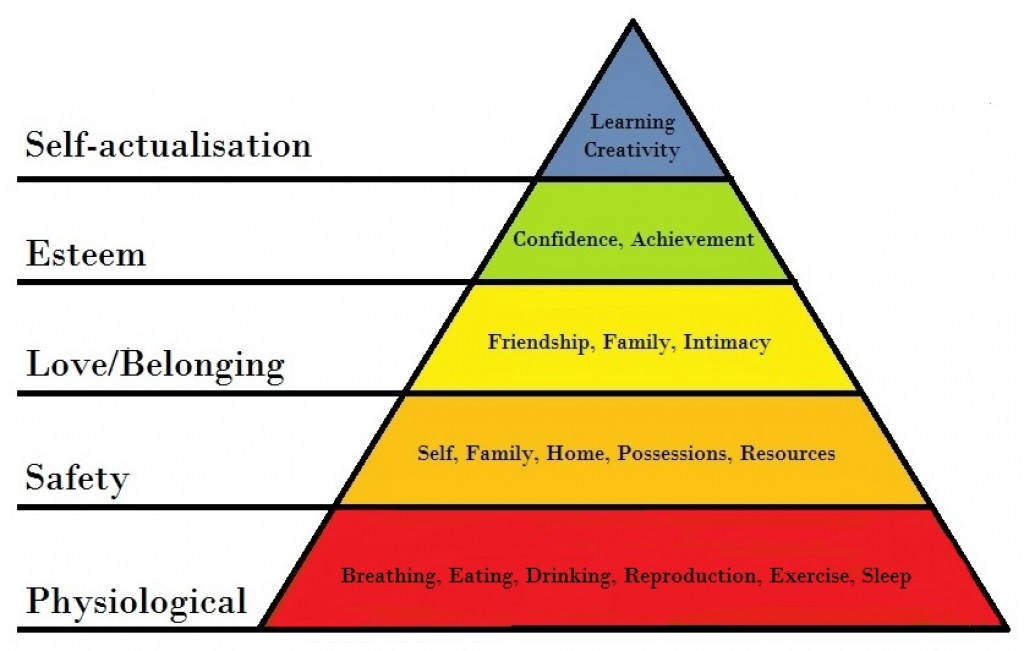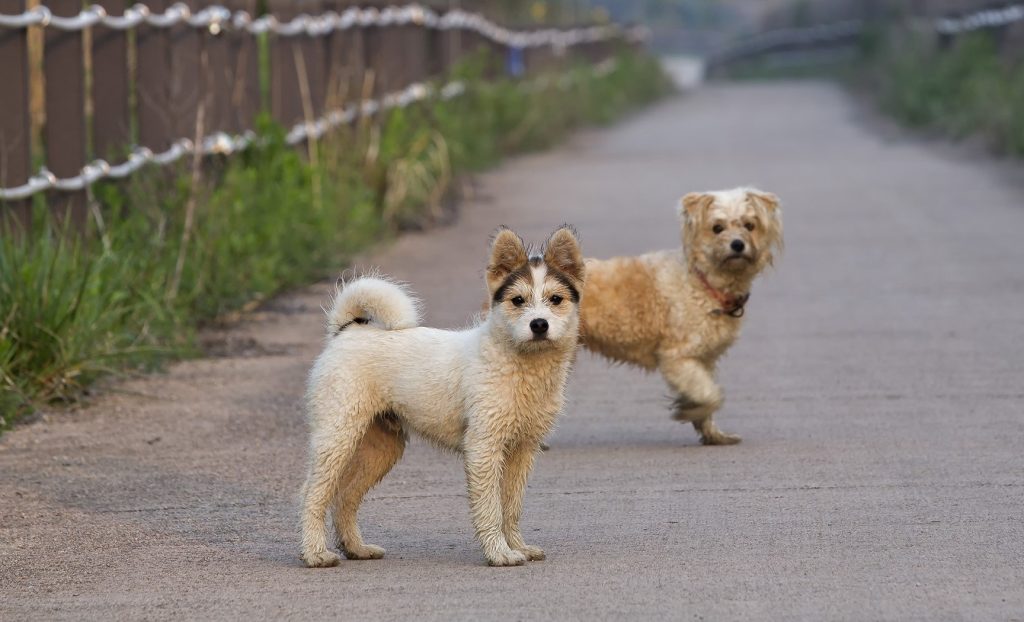Need help with Reactive Dog Behaviour? Join my FREE Facebook support group...
Street Dog Rehabilitation
Street dog rehabilitation may not be an easy process and in some cases, it might not always have quite the fairy-tale ending you hoped for. It can be hard work, but when it goes well, it’s incredibly rewarding.
What is a street dog?
If your dog has come from Romania, Greece, Cyprus, Bosnia, Bulgaria or other European country, it is likely they will have been captured from the streets. Street dogs might be strays, wandering pets, or feral dogs. Which one you end up with will determine how quickly your dog settles into your home, or if at all.
Local Rescue Vs International Rescue
With traditional rescue you’ll get to meet the dog before the adoption begins. But, when it comes to street dogs, you are mostly choosing from a picture or video.
Bringing dogs into the UK is an expensive process, so most rescues won’t do it until they have a confirmed home for the dog to go to. This means you’ll not have a chance to meet your dog before committing to rehoming him.
You’ll only know what the rescue has told you, so this can be a bit of a leaf of faith on your part. Even if they know it, getting an accurate idea of history and temperament involves overcoming language barriers, poor record keeping, and chinese whispers. And even if that information has been relayed perfectly, it is based on the behaviour of a dog that has been caught on the street, thrown in a van and forced to co-habit with other dogs in a small dirty pen.
Any assessment of that dogs suitability to live in a home, with other animals, kids, or otherwise must be taken with a pinch of salt. That dog may never have been in a home before, or he might have been caught after escaping his own garden. You just don’t know until he arrives.
Adopting a dog from a rescue centre means you can bypass many of the risks you are taking by importing a stray. You’ll get to meet the dog for yourself, plus you’ll have the chance to speak directly with the staff that work with him. You might even have some details about the dogs previous family.
Feral vs Stray
Feral dogs are born on the streets and have little to no experience of humans. They have no social skills. In fact, it’s likely that their only experience of humans is being chased, caught, and forced into a cage in the back of a van. Compare this experience to a pet dog that has been bred and brought up in a home. This dog has been handled and shown love and warmth during their critical socialisation period. The first two weeks is the most valuable. This early handling is an essential first introduction to living with human as a pet, and is the major differentiator between a dog suitable to be a pet and one that isn’t. You can’t correct for this lack of early experience later on, once the oppurtunity has passed, that’s it.
With feral dogs your job will be less about rehabilitation, and more about finding ways to compromise and live together. It’ll not be easy or comfortable for either of you.

Stray dogs started out as pets. They have lived in a home at some point and their mum was also a pet dog. They might have had experiences that traumatised them, but learned behaviours can mostly be unlearned, given enough time and patience. Depending on the power of the experience they might always have underlying issues that need to be constantly worked on. But on the whole, they will, with work, settle into homes reasonably well.
Travel
This is incredibly affecting for your street dog. It’s unlikely he’ll be used to a cage, let alone travelling in a car or van. Then one day he’ll be trapped in one for days as he is driven extremely long distances by a stranger.
When he arrive’s at his destination, this could be your home or a car park at the side of the motorway, he’ll be handed to you; another stranger, and away the van goes. He’ll be extremely tired and stressed. He’s likely to be covered in all kinds of fifth. And he’ll be terrified. So don’t judge him on his behaviour for now. Anything could happen in the following hours, and it often does.
32% of stray dogs showed destructive behaviour when introduced to their new homes.
Companion Animal Psychology
What to expect from your street dog?
The likelihood is that your street dog has, at some point, had to learn how to fend for himself. He’s had his safety and physiological needs threatened in a way that most of our dogs cannot even imagine, and that can leave a mark.
Depending on his age, he might have spent his entire socialisation period as a street dog which would make his experiences even more impactful. He may have little or no instinct to please or follow humans. Don’t underestimate the power of these instincts, the very fact humans and dogs can live together at all depends on them.
Over the first day or two you should prepare yourself for an abundance of instinctive behaviours such as food burying, scraping, shredding, hiding, digging and unusual sleep and activity patterns. They are likely to appear bewildered and frightened at times so there’ll be crying, howling, and pacing. There might be upset tummies too, so prepare for plenty of cleaning. They might also be quick to show aggressive behaviour when they feel their primal needs are threatened, so give them space.
While they settle in, encourage them quietly and only use gentle praise. Avoid loud noises and definitely no shouting, no excited tones, and no visitors. Learning to feel safe in their new home is hard enough when it’s just you two! They’ll avoid any kind of restraint so be careful with leads and harnesses, and don’t be tempted to bathe them – even though they’ll probably stink. Their flight instinct will be high, so when you do get round to their first walk, use a double ended lead, a collar, and a harness to keep them safe.

Making up for bad experiences
He’s figured out how to survive – without humans! So, it might not be good enough to feed a good diet twice a day to stop him worrying about where his next meal is coming from. A near starved dog that has had to fight for his food will likely never fully recover from that.
Food is a primal need so experiences related to food can be highly impactful. You’ll be going above and beyond to figure out ways to never let him feel that way again, or even close. Keeping him as far away from that mindset will be a priority for a long time.
He’ll need to feel safe, but it might take a while before he thinks of your home as his safe place. As a street dog he found ways to keep safe and that didn’t include a fence. Being trapped or confined may have the opposite effect initially. A fence around your home won’t even be enough if people regularly pass by your garden. A constant stream of visitors to the edge of your territory may always keep him on edge.
It’s not enough to be kind
Cruelty from the public, the catcher, the vet, and the pound are commonplace. Street dogs have learned how to keep themselves safe, and often from humans. So you can’t expect them to just trust you because you appear kind and feed them.
Some struggle with men in particular. This is no surprise as it’s often a man that captures them and they aren’t always gentle. He did perfectly well without humans, or so he thinks, so it’ll take extra effort to convince him that you are worth trusting. This isn’t always a fast process.
75% of stray dogs showed fear when they arrived at their new home. Specifically fear of sudden noise, thunder, vacuum cleaners, and sudden movements.
Companion Animal Psychology
Communicating with your street dog
You’ll need to get good at reading your new dogs mood and body language. Your street dog might not have lived with a human before so they won’t have learned to make adjustments for our habits and behaviours. For example, baring teeth (smiling) is one behaviour pups quickly adapt to, your street dog might not have learned this yet.
When the chips are down they’ll rely on their instincts. So look out for fight, flight and freeze behaviours. These are usually easy to spot and the circumstances will give you clues as to where to start rehabilitation work. Keep referring back to Maslovs hierarchy of needs to see where problem behaviour comes from.
Your street dog might socialise better with other dogs than humans. Having another dog in the home can provide a valuable link between you and your new rescue. They’ll show them the rules and help them feel safe.
Life with your street dog
You’ll need patience and understanding, whilst setting clear boundaries and rules. You’ll need to make sure your street dog knows he’s getting a better deal compared to the freedom of street life. A cosy anti-anxiety bed, and top of the range dog food, might not impress an ex-street dog.
Without the instinct to follow or please humans, and a strong flight instinct, you might never be able to let your street dog off lead either. If he resists the lead also, this could pose quite a difficult problem. Without decent exercise and stimulation this could be frustrating or even depressing for a street dog.
Street dog adopters often have to make sacrifices of their own. You might not be able to go on holiday for a while as it might not be feasible to find someone to care for them. It might not be an option to take them with you either. You might not be able to have visitors for quite a while, and even then, your options might be restricted to a few select friends.
Even very experienced dog owners can struggle with a street dog, so this is definitely not recommended for the first time owner. Rehabilitation can take a lot of patience, work and commitment, and it can be expensive. Between ruined carpets, experimenting with harnesses and leads, chewed seatbelts, stairgates, holes in walls, home security, soiled carpets, plus getting advice, the costs quickly mount up.
No going back!
As humans, we fall in love very quickly, and we love an underdog. So for many, once the dog has arrived, there’s no going back. And even if there was, not all international rescues offer help or support, or take responsibility.
The dogs aren’t properly assessed, and home suitability isn’t established. You are taking a risk by picking a dog from a picture. And, sometimes you don’t even get the one you picked, no responsibility is taken in this case either. In fact, this happens a lot and very often the rescues’ response is “my bad” and then nothing. In the mean time, people are being given completely unsuitable dogs with no back up.

Not all doom and gloom
Of course, this is the worst case scenario. For many street dogs, rehabilitation is an extremely rewarding experience and no more challenging than rehabilitating any other rescue dog. Many go on to enjoy domestic life and settle really well. But, some don’t fully embrace it, and some are just plain hard work. The problem is, there is no way to tell which you are getting until it’s too late.
If you want to rescue a street dog, do it with your eyes open. Prepare for the worst, and hope for the best. Know the risks you are taking, and seek out a rescue that does take responsibility. Check their reviews, talk to other adopters, and make sure you have the back up you need.
Chances are you’ll have an amazing relationship with your new best friend that will last a long, long time! Good luck
How can I help you with your rescue dogs rehabilitation?
My recue dog course talks you through how to choose and settle a rescue dog over the first few months. Check out the FREE sample video which takes you through every step of how to choose your next rescue dog. The rest of the course focusses on the phases that follow and how to meet his changing needs over the days, weeks and months that follow.
Private Dog Behaviour Consultations are currently available in and around the Dundee area, and as far as Carnoustie, Broughty Ferry, Monifieth, Tayport, Newport, and Longforgan. Virtual consultations are also available if you are further afield.

